International
Venezuelan journalists reject government institute course to become reporters in three months
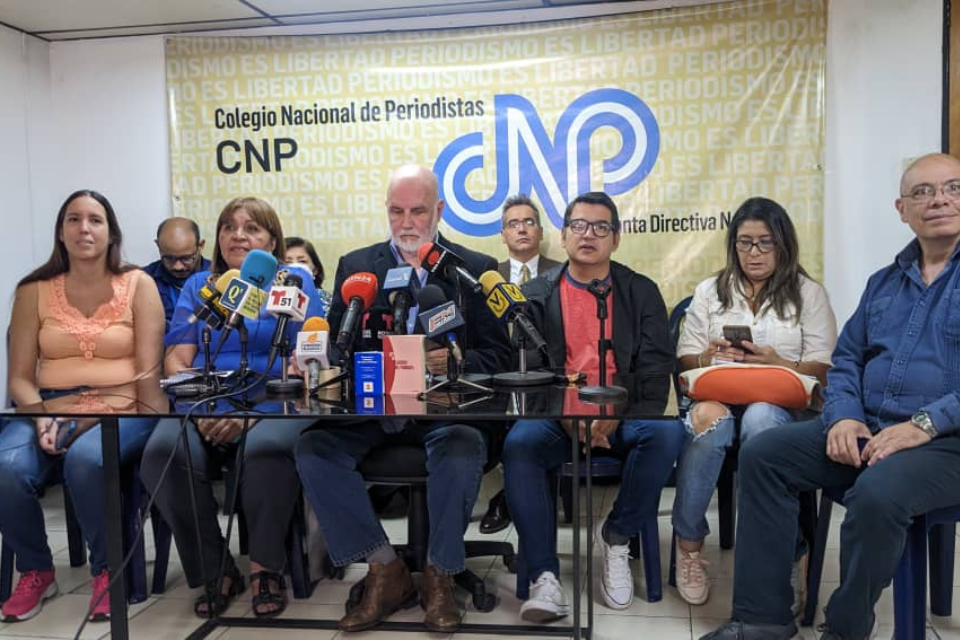
February 6th |
An educational institute of the Venezuelan government proposed a technical course for those who wanted to become reporters, which generated criticism from the journalists’ union.
The National Institute of Socialist Educational Training (INCES), a public government entity that played an important role in literacy in Venezuela, began offering a three-month technical-professional training course for reporters, with a curriculum oriented to people as young as 14 years of age.
The Venezuelan journalists’ union condemned INCES for offering the course, arguing that it “violates” the exercise of the profession, university studies and infringes the Law on the Practice of Journalism.
Article 2 of the Law on the Practice of Journalism establishes that to practice the profession in Venezuela a degree of “Licenciado en Periodismo, Licenciado en Comunicación Social or equivalent degree”, issued in the country by a university, or a legally revalidated degree, is required, in addition to being registered in the National College of Journalists.
The president of the CNP, Tinedo Guía, said on Wednesday that the course was “withdrawn” after they requested information about its scope.
Previously, Néstor Garrido, secretary of Professional Improvement of the CNP, had urged the government to respect the legislation and, on behalf of the institution, condemned the offer because, he said, it was “misleading advertising”.
The offer to train press workers “empirically” is framed in a context in which the State and its institutions seek to “de-professionalize” journalism in Venezuela, said to VOA the secretary of the National Union of Press Workers (SNTP), Marco Ruiz.
Although there were no further details, last year, the Parliament of the ruling party majority installed work tables for the revision and reform of the Law for the Exercise of Journalism.
In the absence of information, journalists and experts in the matter preferred not to speculate at that time, but agreed that the government may be seeking to grant recognition to “alternative journalists”.
Since the late former President Hugo Chavez came to power, he promoted alternative reporters and community media, considered a “banner of the Bolivarian Revolution”. The initiative has been catalogued by different sectors as a way to promote government propaganda.
International
Trump Orders Construction of New ‘Golden Fleet’ to Revitalize U.S. Naval Superiority
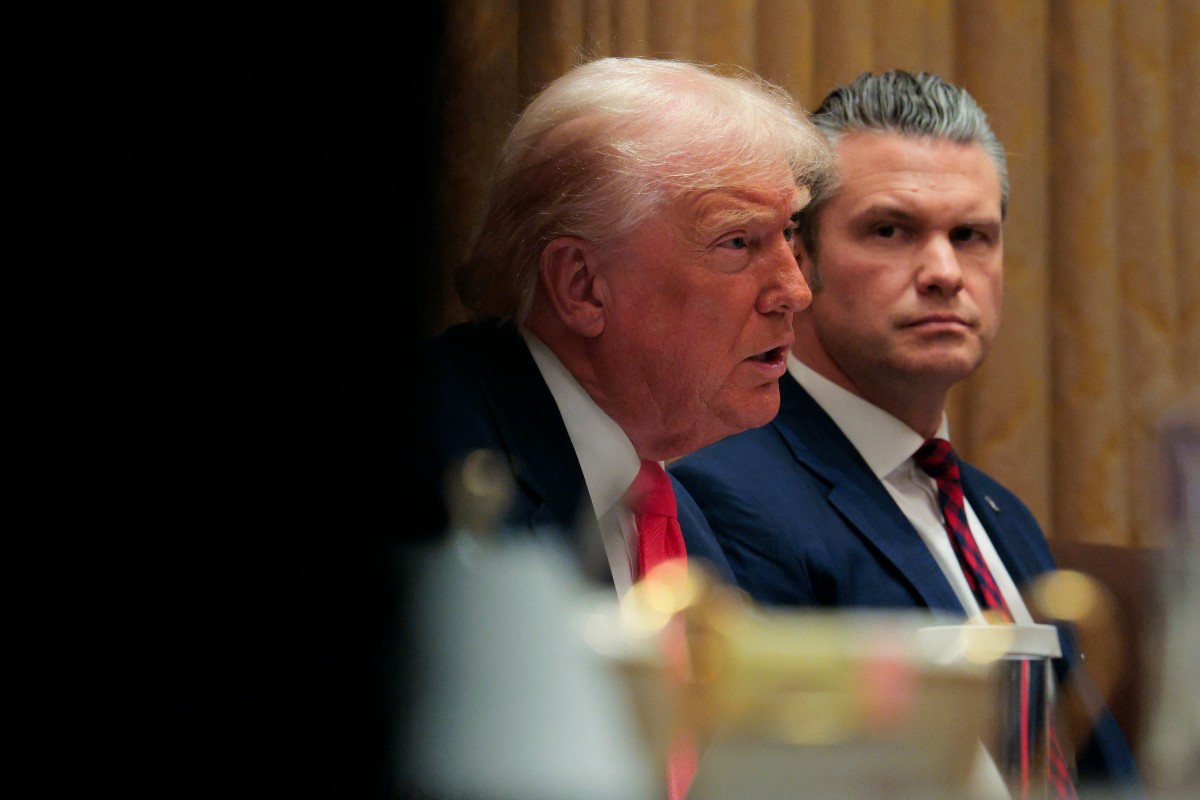
President Donald Trump issued an executive order this Monday for the immediate construction of two new warships that will bear his name. These vessels will be the pioneers of what he described as the “Golden Fleet,” a future generation of “Trump-class” battleships that he claimed would be “100 times more powerful” than those currently in service.
The announcement took place at his private residence in Mar-a-Lago, Florida. The President indicated that following the initial two ships, the administration aims to commission up to 25 additional vessels. He is scheduled to meet with Florida-based contractors next week to expedite production, criticizing existing defense firms for failing to deliver results efficiently.
This naval expansion is a cornerstone of Trump’s goal to revitalized the American shipbuilding industry and address the strategic gap between the U.S. and competitors like China.
The move comes amid heightened geopolitical tension. Just last week, Trump ordered the seizure of all sanctioned tankers involved with Venezuela’s “ghost fleet” to cripple the country’s crude oil industry. Since December 10, the U.S. military—deployed in the Caribbean under the guise of counter-narcotics operations—has already detained two tankers linked to Venezuelan oil transport.
International
U.S. Judge Blocks ICE from Re-detaining Salvadoran Erroneously Deported Under Trump Administration
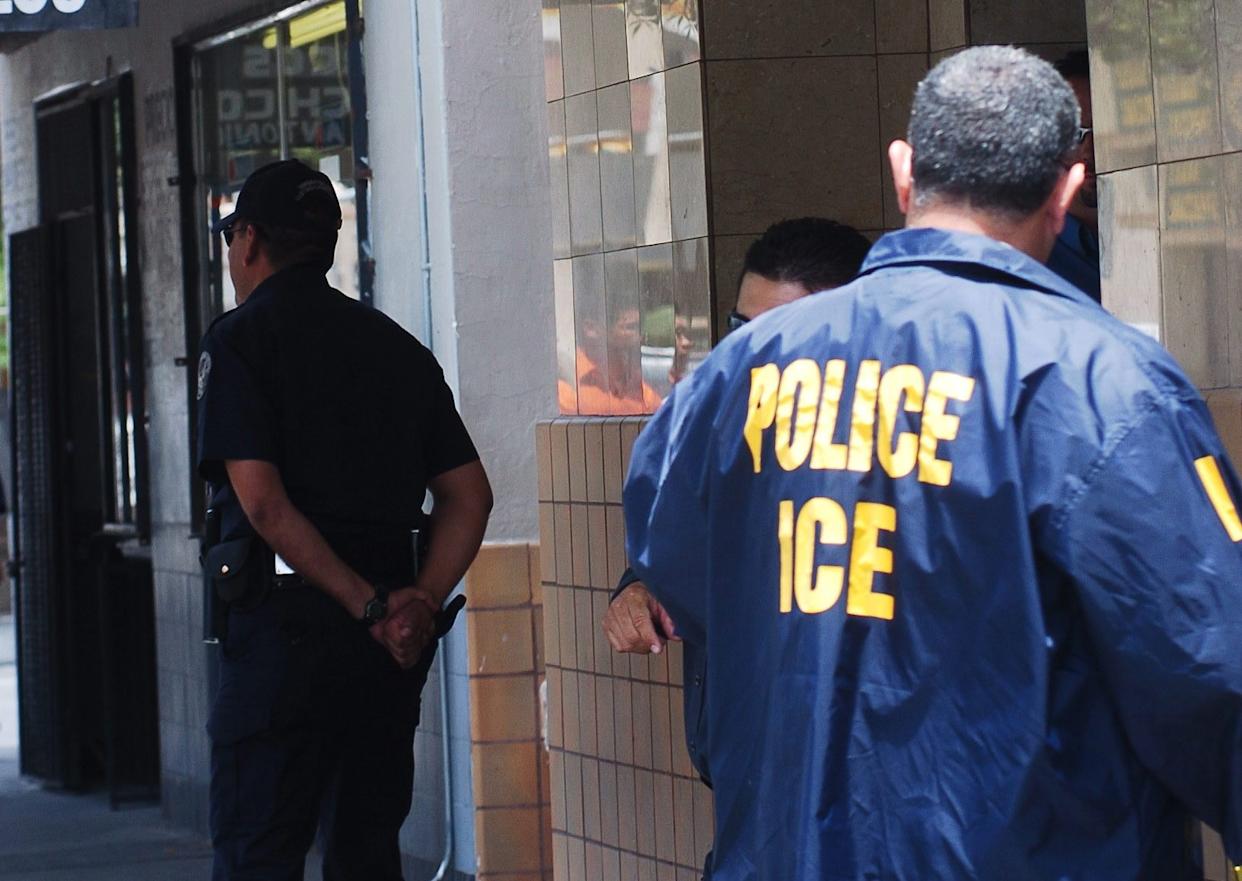
A U.S. federal judge ruled this Monday, December 22, that Immigration and Customs Enforcement (ICE) is prohibited from re-detaining Salvadoran national Kilmar Ábrego García, who was erroneously deported to El Salvador earlier this year during the administration of President Donald Trump.
During a hearing in Maryland, U.S. District Judge Paula Xinis ruled that Ábrego García must remain free on bail through the Christmas holidays, concluding that his initial detention lacked a legal basis. The ruling follows a request from his legal team for a temporary restraining order to prevent ICE from carrying out a new arrest.
Earlier this month, on December 11, Judge Xinis ordered his release from a Pennsylvania migrant detention center after determining that the government had detained him without a formal deportation order. In 2019, an immigration judge had already ruled that Ábrego could not be returned to El Salvador because his life was in danger.
Despite that protection, Ábrego García was deported in March 2025 following a raid by the Trump administration. Officials argued at the time that he was a gang member, and he was sent directly to the Center for the Confinement of Terrorism (CECOT) in El Salvador. In June, he was returned to the United States to face a new trial for alleged human smuggling—a charge he denies.
On Monday, Judge Xinis also temporarily invalidated a new deportation order issued by an immigration judge following Ábrego’s recent release, granting him legal protection through the coming weeks. His trial is scheduled to begin in Tennessee in January 2026.
International
Fire at substation triggers major blackout in San Francisco
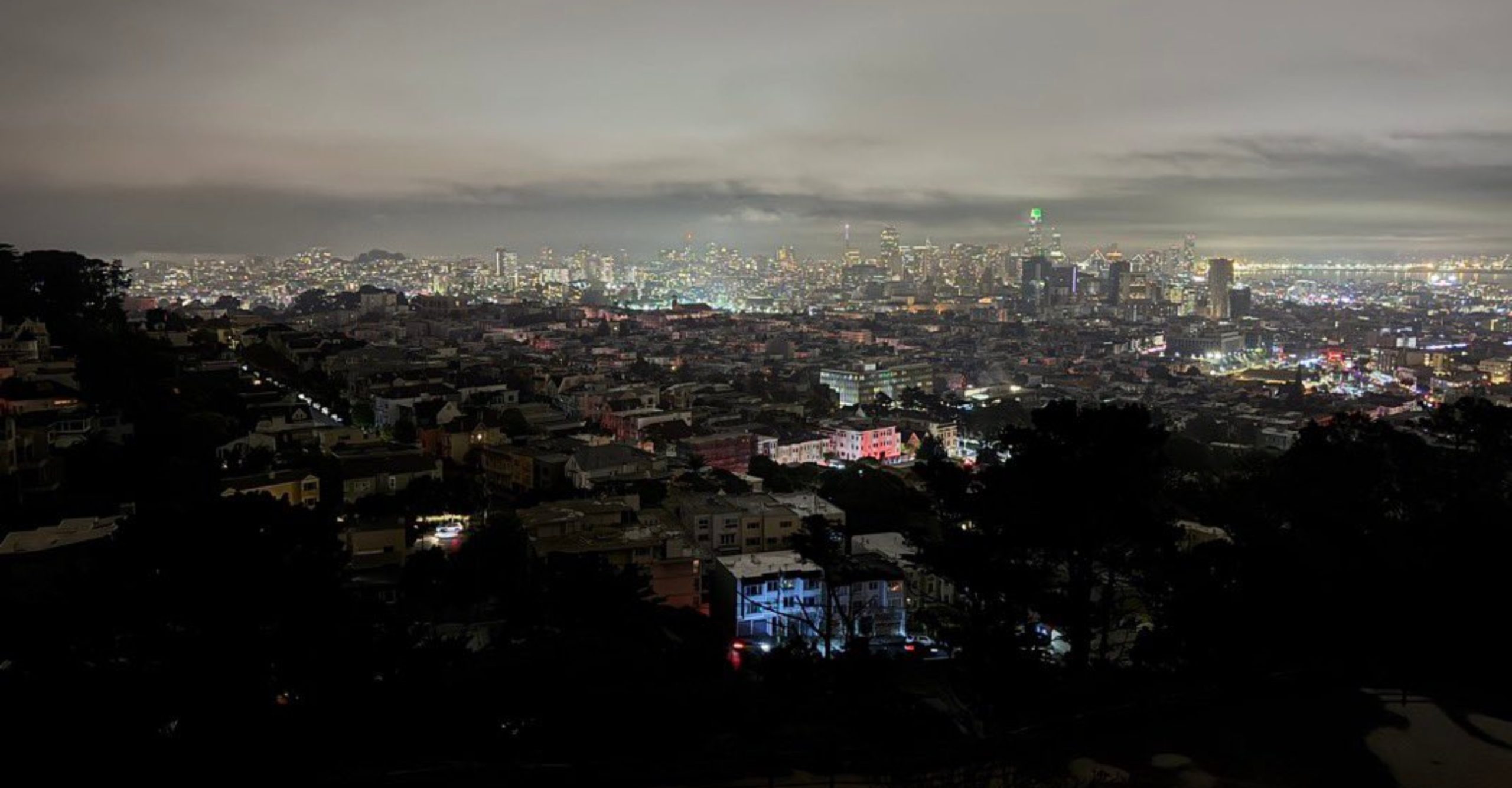
The U.S. city of San Francisco was plunged into darkness Saturday night after a power outage left about 130,000 customers without electricity, although the utility company said service was restored to most users within hours.
Pacific Gas & Electric Company (PG&E) said in a statement posted on X that nearly 90,000 homes had their power restored by 9:00 p.m. local time (05:00 GMT on Sunday), while the remaining 40,000 customers were expected to have service restored overnight.
Large areas of the city, a major technology hub with a population of around 800,000, were affected by the blackout, which disrupted public transportation and left traffic lights out of service during the busy weekend before Christmas, a crucial period for retail businesses.
“I know it’s been a difficult day,” San Francisco Mayor Daniel Lurie said in a video posted on social media from the city’s emergency operations center. “There has been progress, but for those still without power, we want to make sure they are safe and checking in on their neighbors,” he added.
Lurie said police officers and firefighters advised residents to stay home as much as possible. He also noted that officers and traffic inspectors were deployed to manage intersections where traffic lights were not functioning.
The mayor confirmed that the outage was caused by a fire at an electrical substation. Parts of the city were also covered in fog, further complicating conditions during the incident.
As a result of the blackout, many businesses were forced to close despite it being the weekend before Christmas. The sudden drop in shopper traffic ahead of the holiday is “devastating” for retailers, the manager of home goods store Black & Gold told the San Francisco Chronicle.
-

 International3 days ago
International3 days agoShakira’s El Salvador concerts sell out in hours, fans demand more dates
-

 International3 days ago
International3 days agoPentagon confirms Trump pick for SouthCom as U.S. military pressure grows
-

 International3 days ago
International3 days agoTrump moves to reclassify marijuana as less dangerous substance
-

 International3 days ago
International3 days agoArgentina detects first local cases of Influenza A (H3N2) Subclade K
-
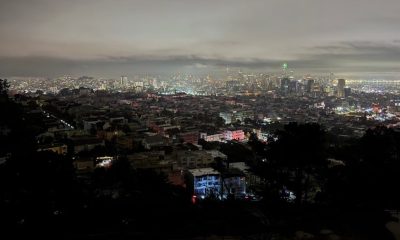
 International1 day ago
International1 day agoFire at substation triggers major blackout in San Francisco
-
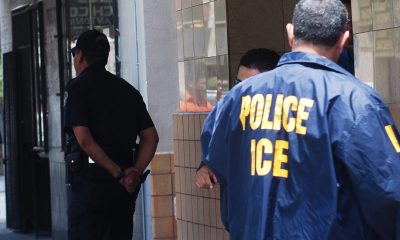
 International6 hours ago
International6 hours agoU.S. Judge Blocks ICE from Re-detaining Salvadoran Erroneously Deported Under Trump Administration
-
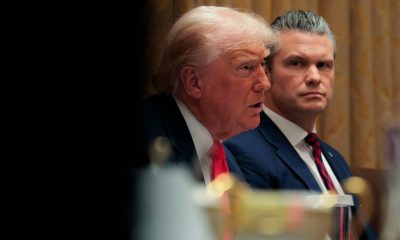
 International6 hours ago
International6 hours agoTrump Orders Construction of New ‘Golden Fleet’ to Revitalize U.S. Naval Superiority
-
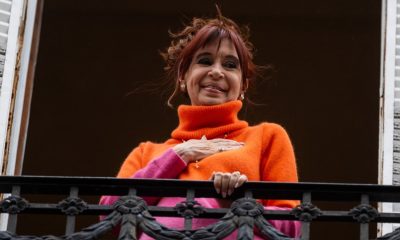
 International1 day ago
International1 day agoCristina Kirchner recovering after appendicitis surgery in Buenos Aires




























